|
ID |
Nickname |
Country / City |
Languages |
Taxonomies |
Comment |
Project / Group |
Map |
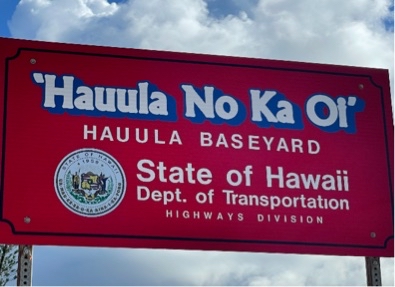
|
44133
|
|
United States
Hauula
|
|
|
LM. Ko’olaupoko district. “Hau’ula No Ka Oi” means “Hau’ula is the best” intended for locals.
|
Multilingual Hawaiʻi
|
|
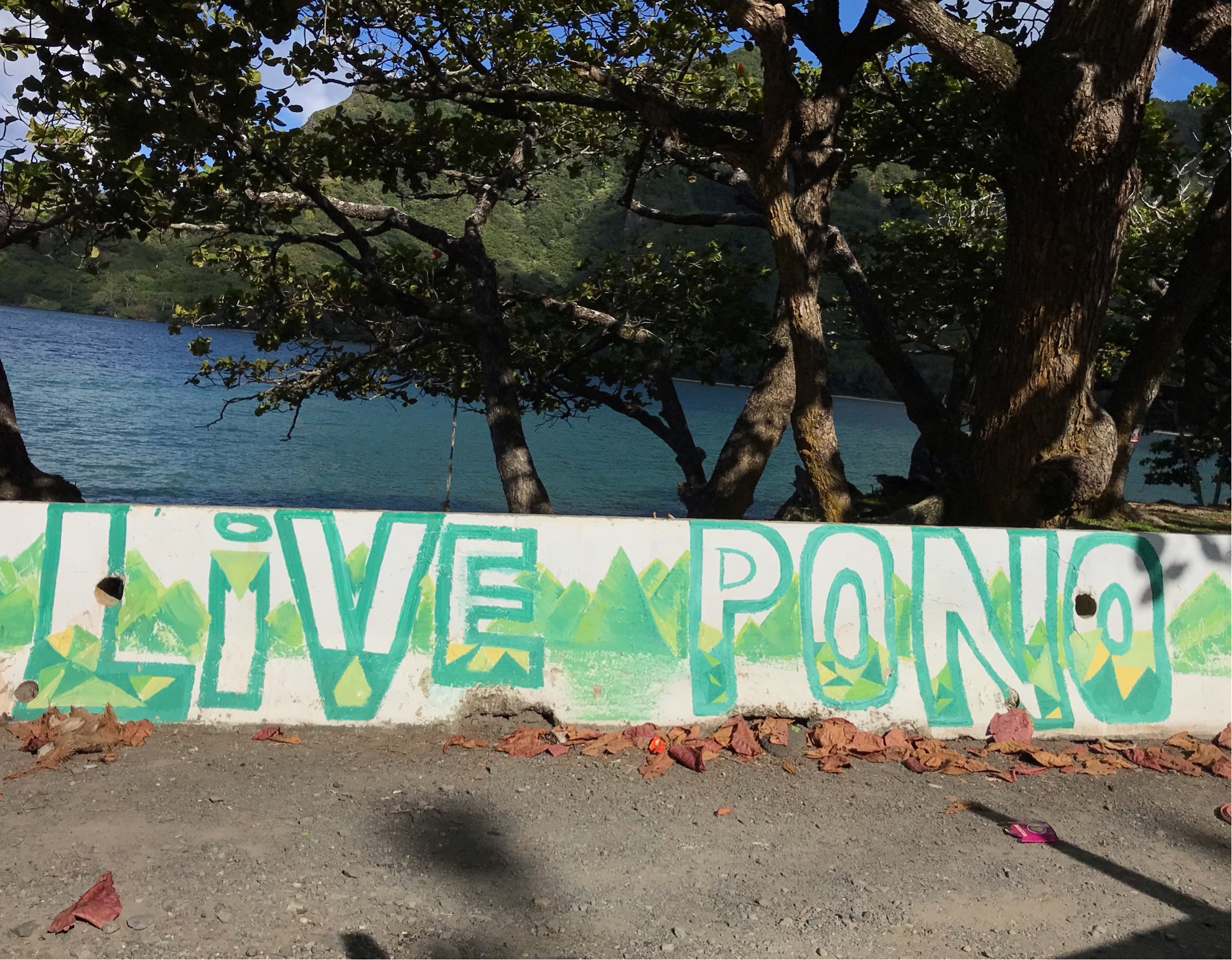
|
41344
|
|
United States
Hauula
|
|
|
This is meant for locals - relates to the Hawaiian culture and reminds people of the important values in life
|
Multilingual Hawaiʻi
|
|

|
108710
|
Ticiana Sprok
|
Kuwait
Hawally
|
|
|
In a diversified neighborhood, I saw a storefront with Arabic and English signage. What caught my attention in particular was the dual-language sign that triggered these thoughts: business ventures are responsive to the needs of their community. Having grown up in an area with a rich tapestry of cultures and languages, I appreciate how multilingual signs foster inclusivity. They give a sense of belonging and an opportunity for recognition to those who might otherwise be excluded. After all, this has been an experience that really puts to the test my understanding that language use in public spaces is not about information alone but also respect and recognition toward cultural identity.
|
Multilingual Hawaiʻi
|
|
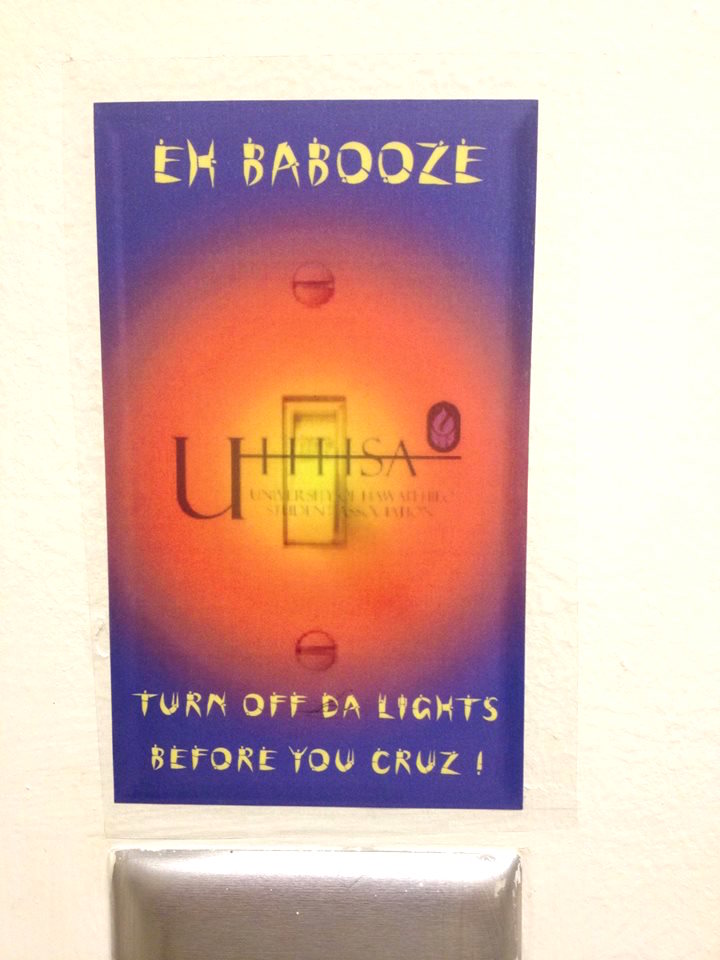
|
38971
|
|
United States
Hilo
|
|
|
—
|
Multilingual Hawaiʻi
|
|
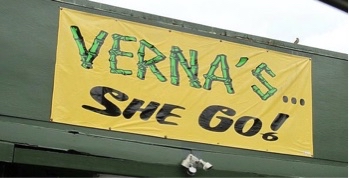
|
39045
|
|
United States
Hilo
|
|
|
—
|
Multilingual Hawaiʻi
|
|
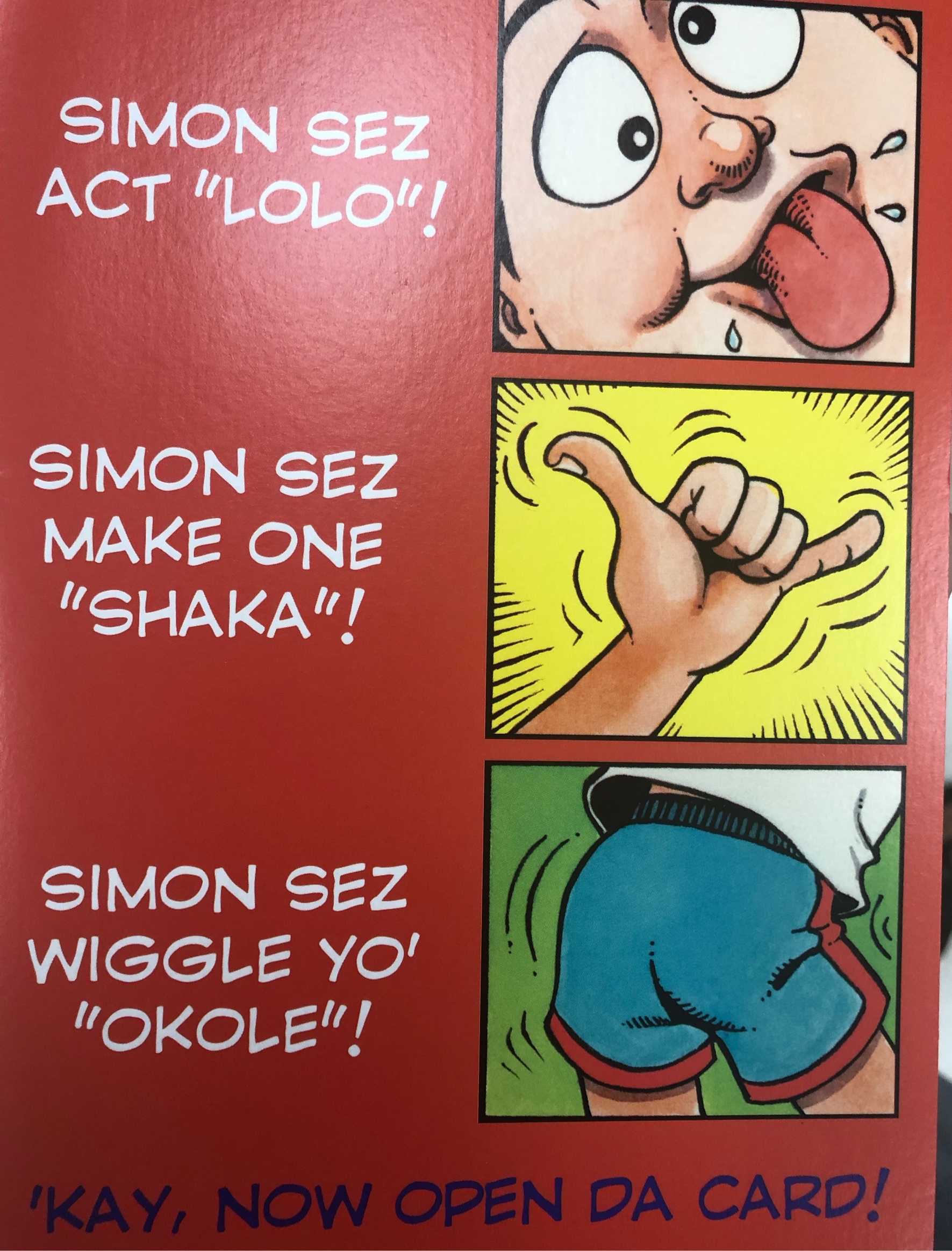
|
25088
|
|
United States
Honolulu
|
|
|
Act “lolo” can be translated to act crazy, make one “Shaka”, which means “hang loose” or the hand symbol associated with it, and wiggle yo “okole” meaning shake your butt. Lastly, “Kay, now open da card!” Translates to Okay, now open the card! This is authentic-symbolic. J.A.S
|
Multilingual Hawaiʻi
|
|
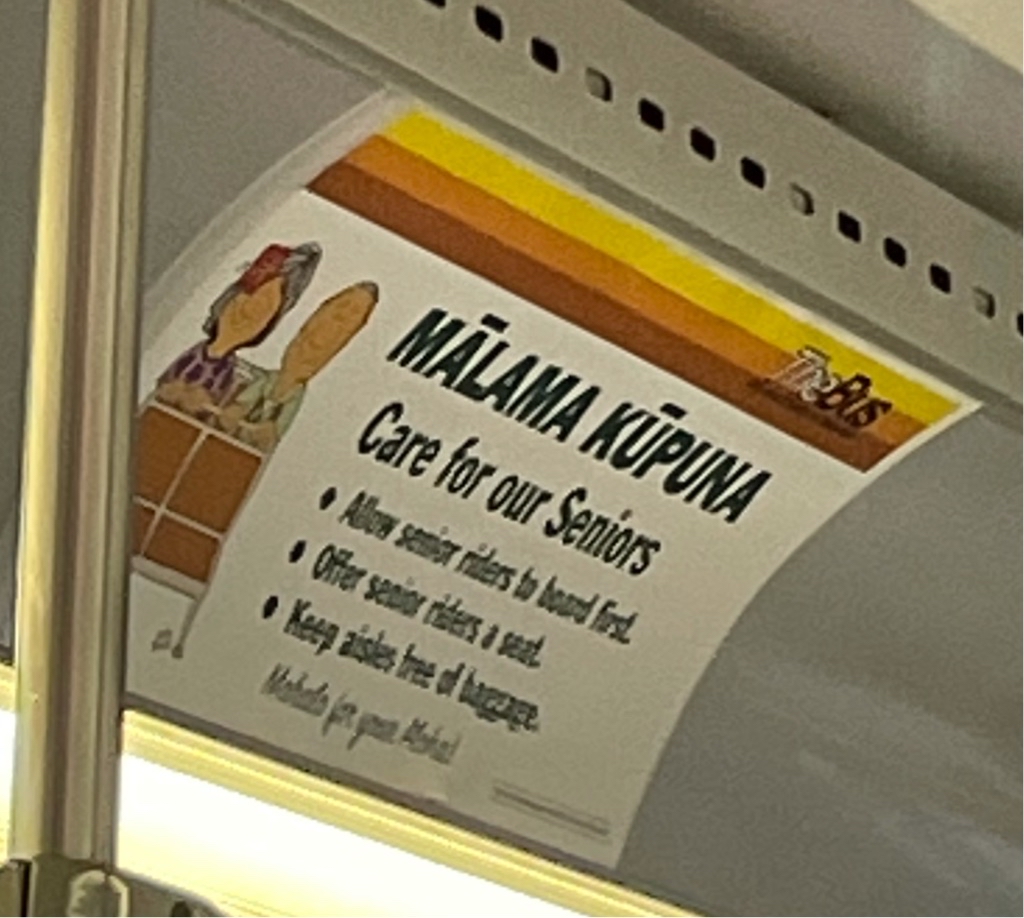
|
42496
|
|
United States
Honolulu
|
|
|
(SP) (photo taken while riding The Bus) this is a semipermanent paper sign taken while riding one of Honolulu’s Buses (transportation domain). It uses a heading of “Mālama kūpuna” and then the English translation of the phrase directly below it, which indicates that this sign’s audience is both Locals and tourists alike. Hawaiian may have been used to appeal to Locals’ value of taking care of those older than them, and to reflect a strong sense of “Hawaiian values”.
|
Multilingual Hawaiʻi
|
|
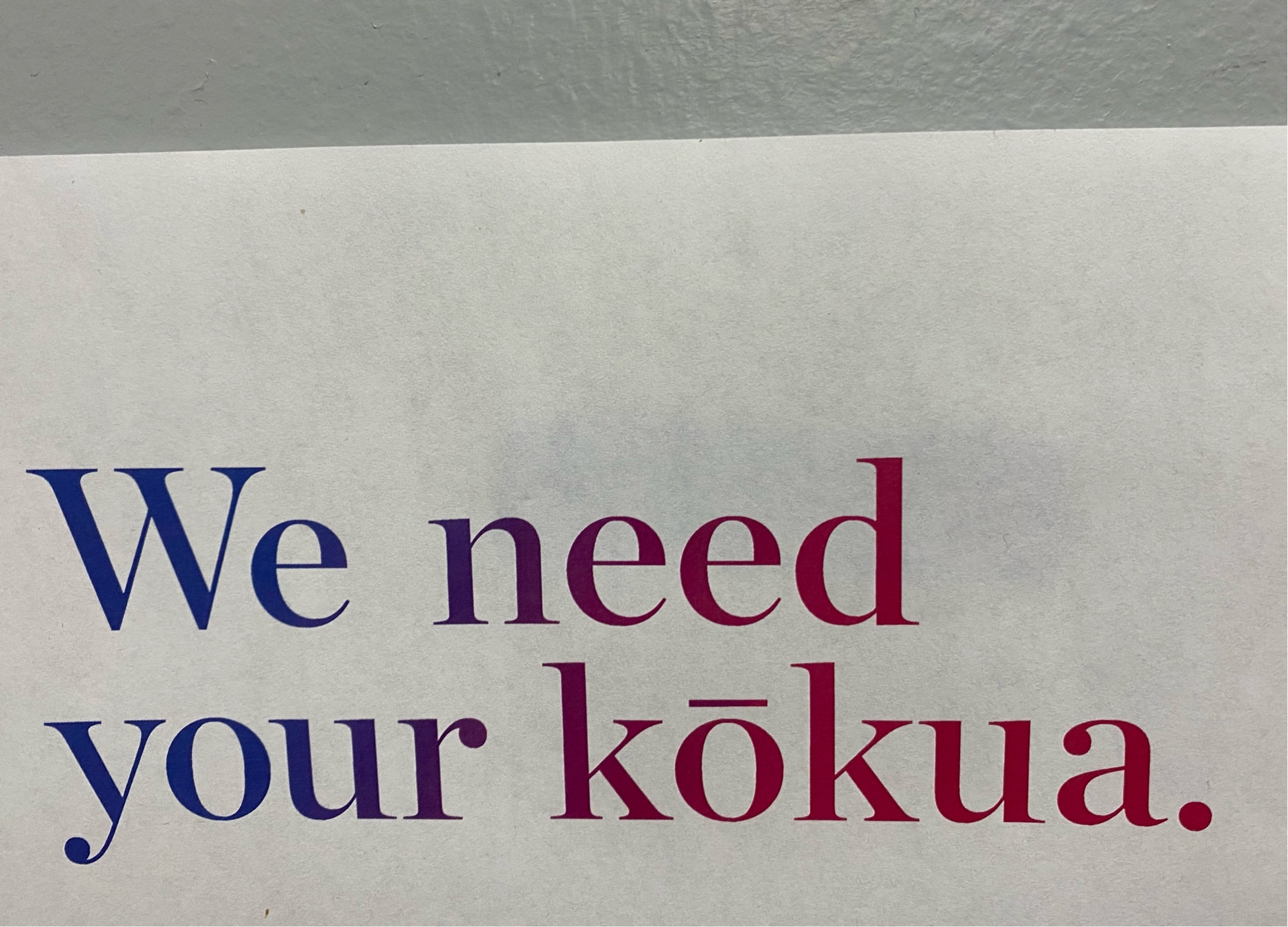
|
46080
|
|
United States
Honolulu
|
|
|
EL-S Checkip #2 : Languages used on this sign is English and Hawaiian. Languages presented all in the same way except Kokua is underlined. I think to emphasize kokua. The audience is general public. The domain is the airport. The sign is telling people we need your help. The sign is here to just let people know we need your help, it could be talking about anything.
|
Multilingual Hawaiʻi
|
|
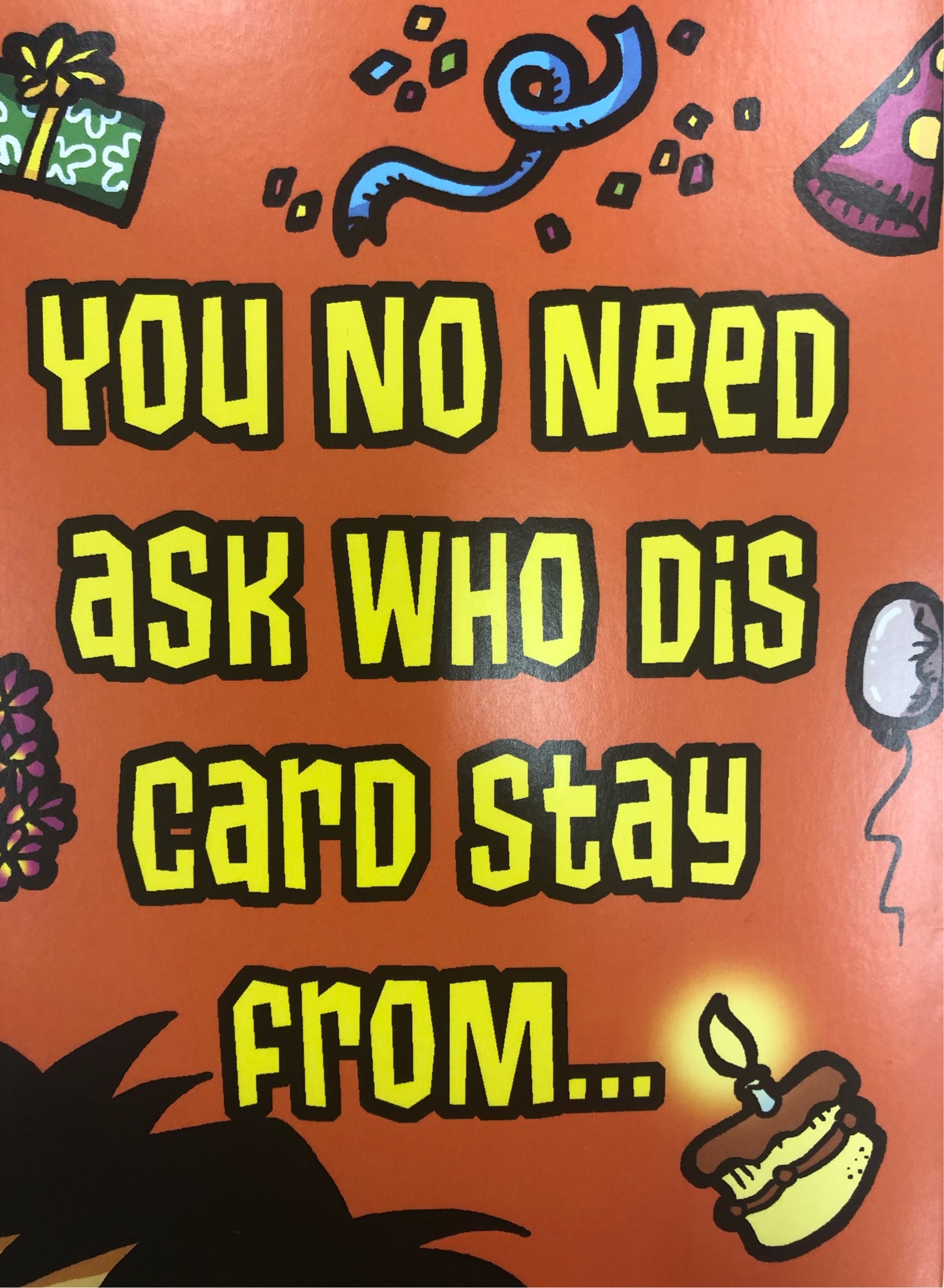
|
25089
|
|
United States
Honolulu
|
|
|
Implies you already know who gave you this card. Authentic-symbolic. J.A.S
|
Multilingual Hawaiʻi
|
|
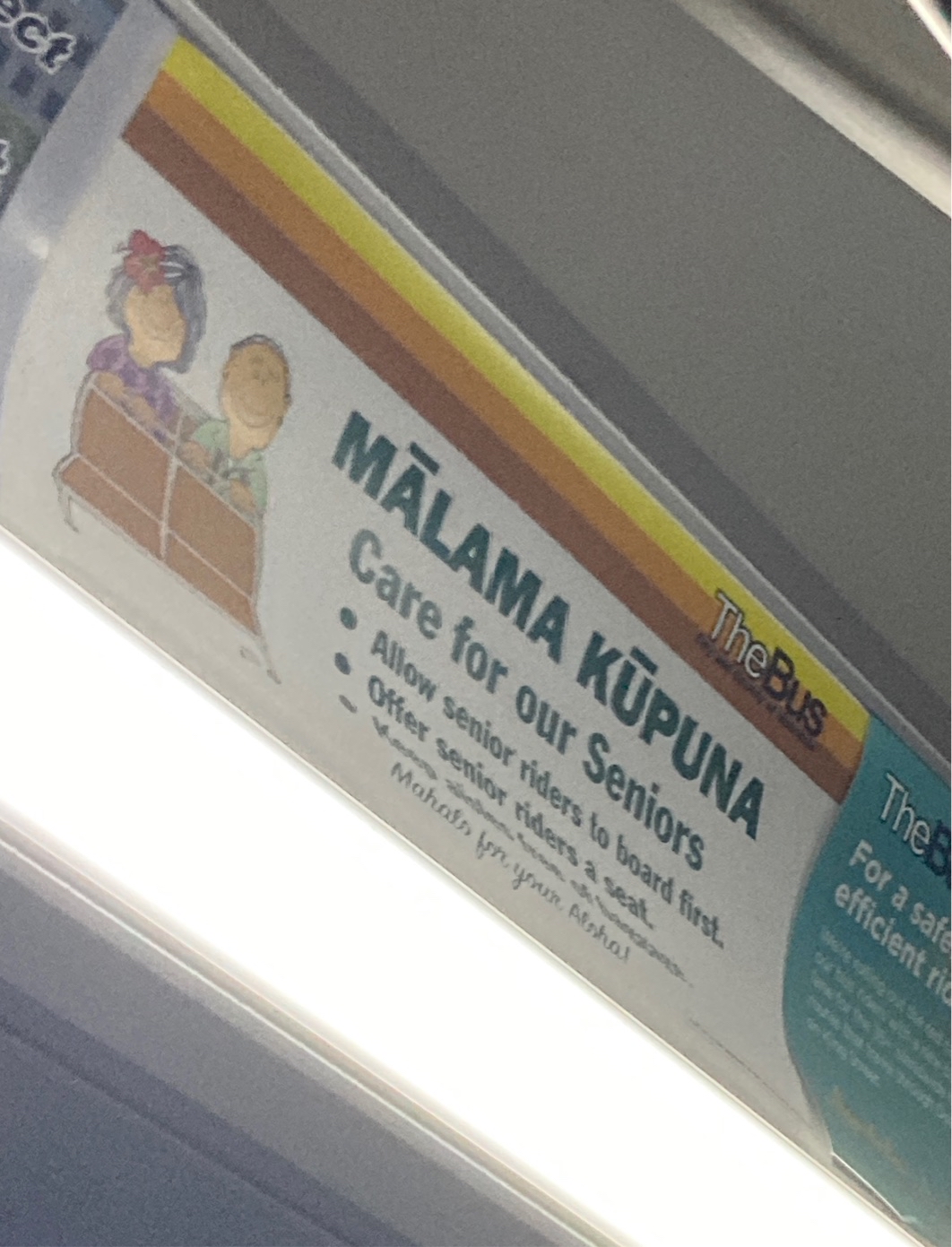
|
42497
|
|
United States
Honolulu
|
|
|
The domain is in a safety/warning, used to tell people to let seniors take the front seats. The sign is meant for both tourists and speakers of hawaiian, given that the translation is right below it
|
Multilingual Hawaiʻi
|
|
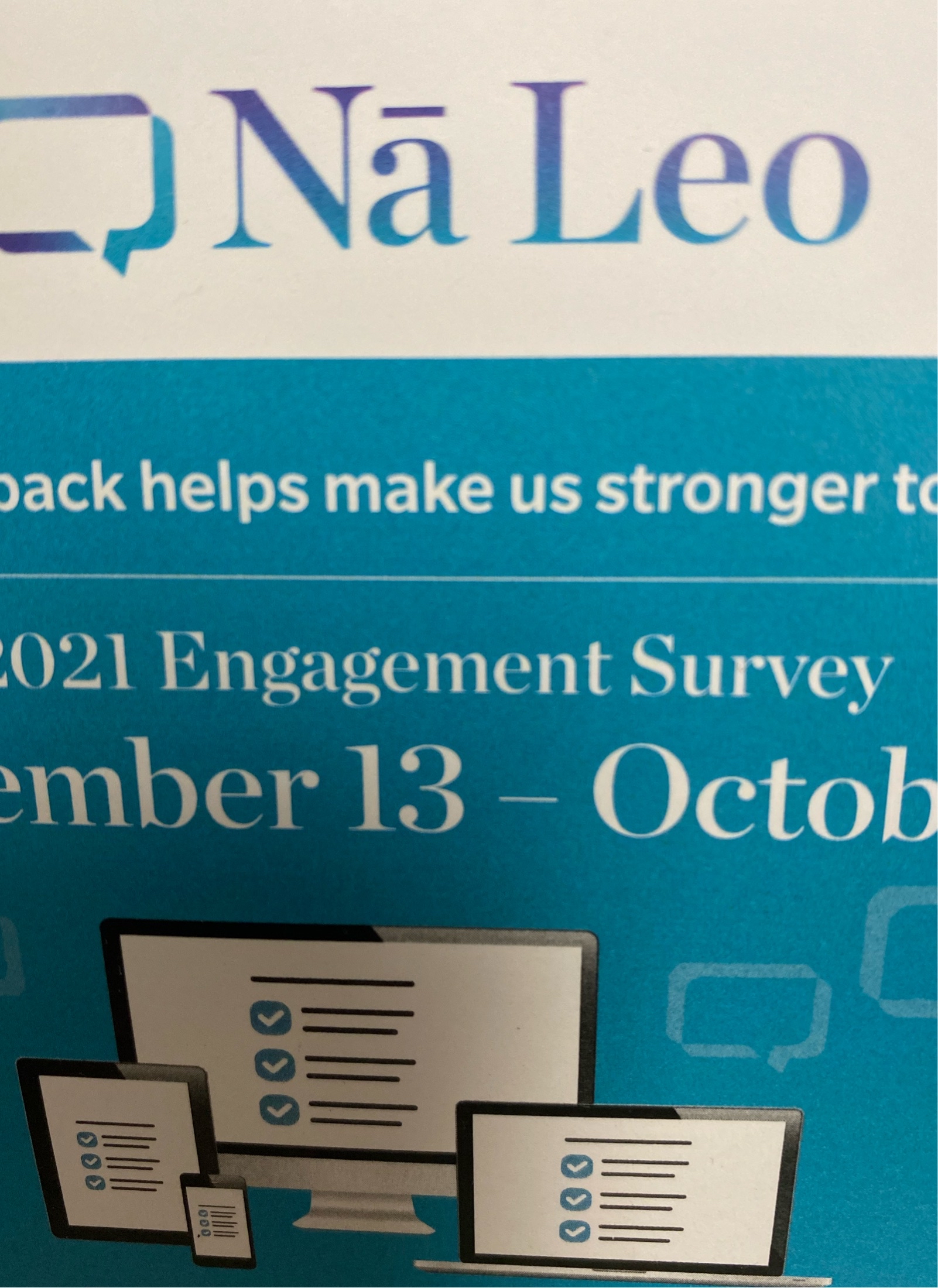
|
46081
|
|
United States
Honolulu
|
|
|
EL-S Check up #2 : Hawaiian and English are being used. The Hawaiian words are bigger than the English words. I think it’s to let people know what the survey is named. The audience is probably people coming in from the mainland to talk about their flight experience. The domain is work. The sign is trying to get people engage into a survey.
|
Multilingual Hawaiʻi
|
|
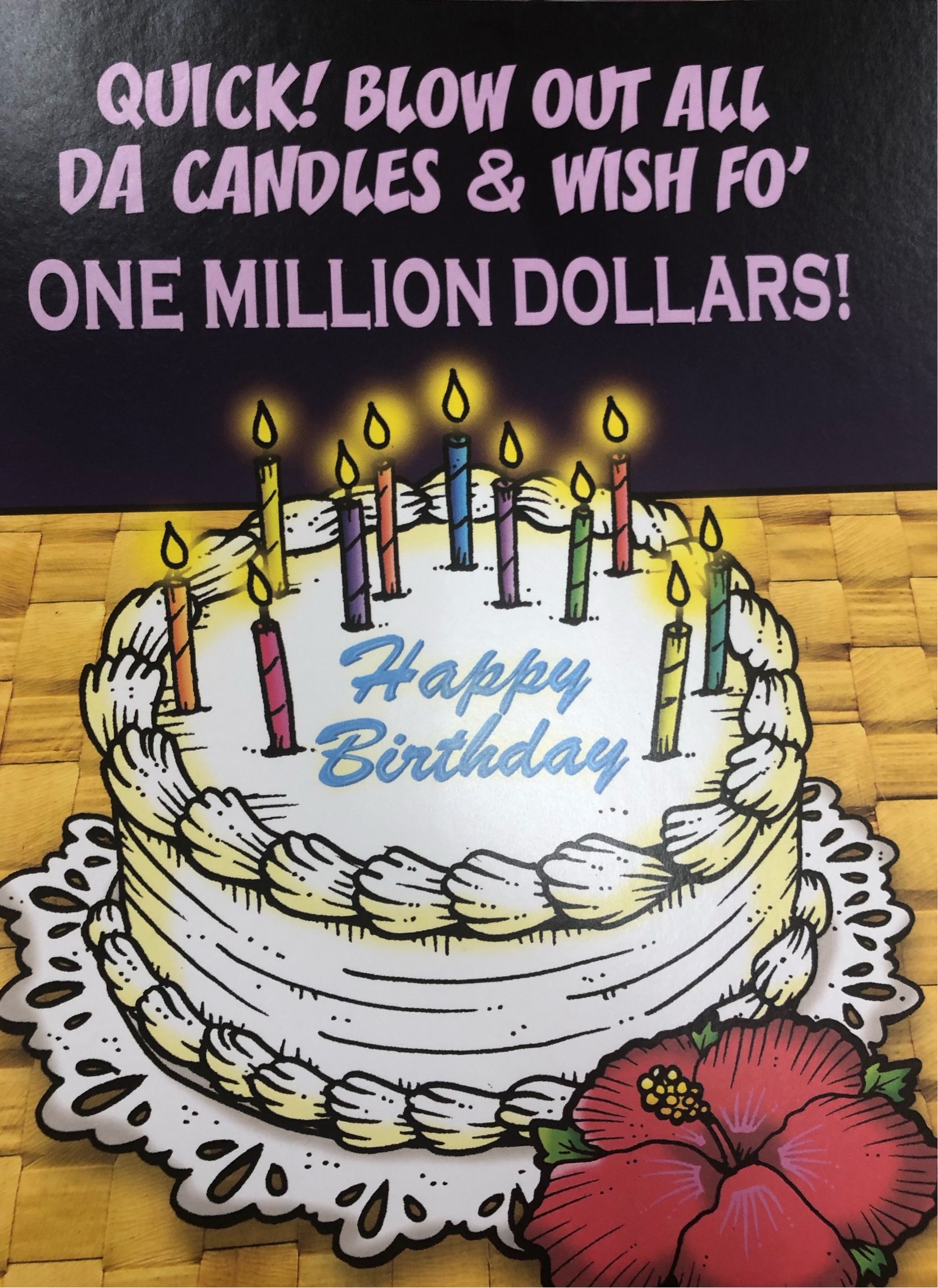
|
25090
|
|
United States
Honolulu
|
|
|
Birthday card. Symbolic-authentic. J.A.S.
|
Multilingual Hawaiʻi
|
|
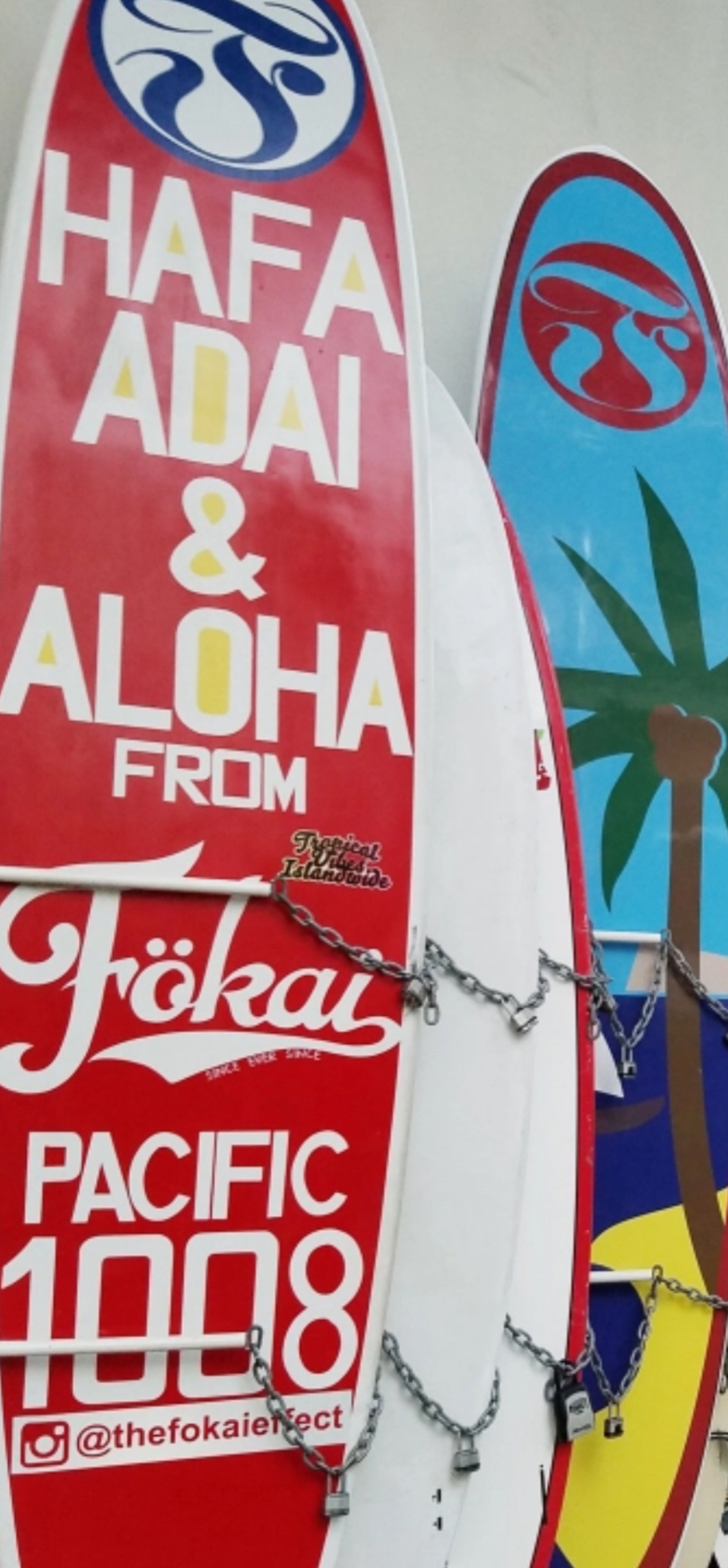
|
134147
|
Jeromyy
|
United States
Honolulu
|
|
|
—
|
Multilingual Hawaiʻi
|
|
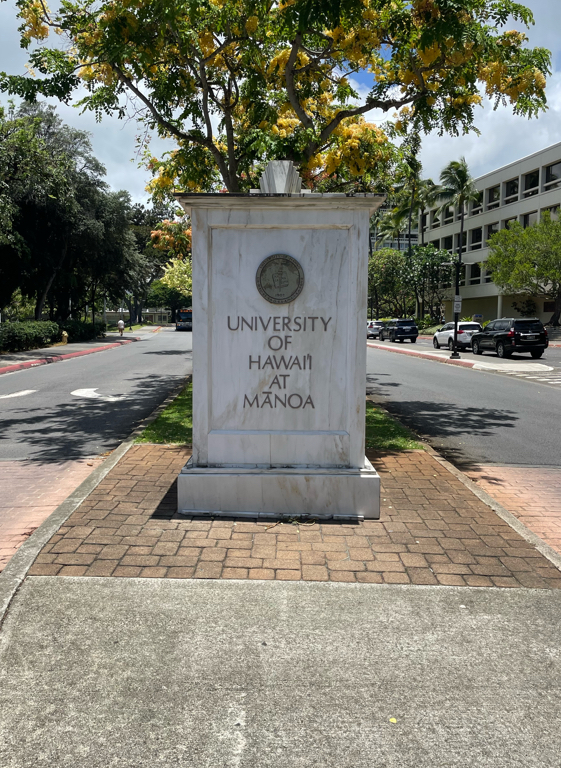
|
134148
|
Jeromyy
|
United States
Honolulu
|
|
|
—
|
Multilingual Hawaiʻi
|
|
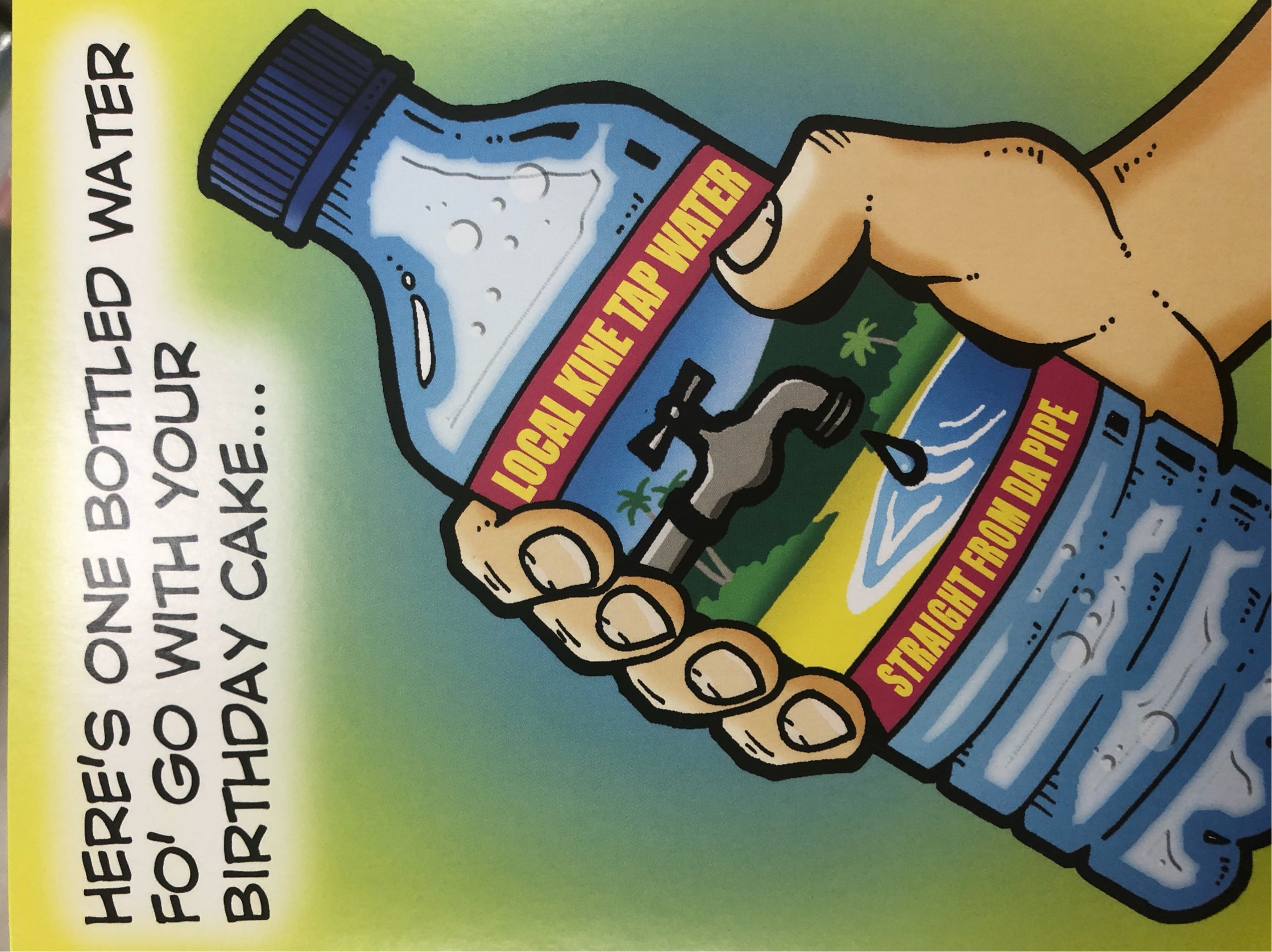
|
25092
|
|
United States
Honolulu
|
|
|
Birthday card at longs drugs. Symbolic authentic. J.A.S
|
Multilingual Hawaiʻi
|
|
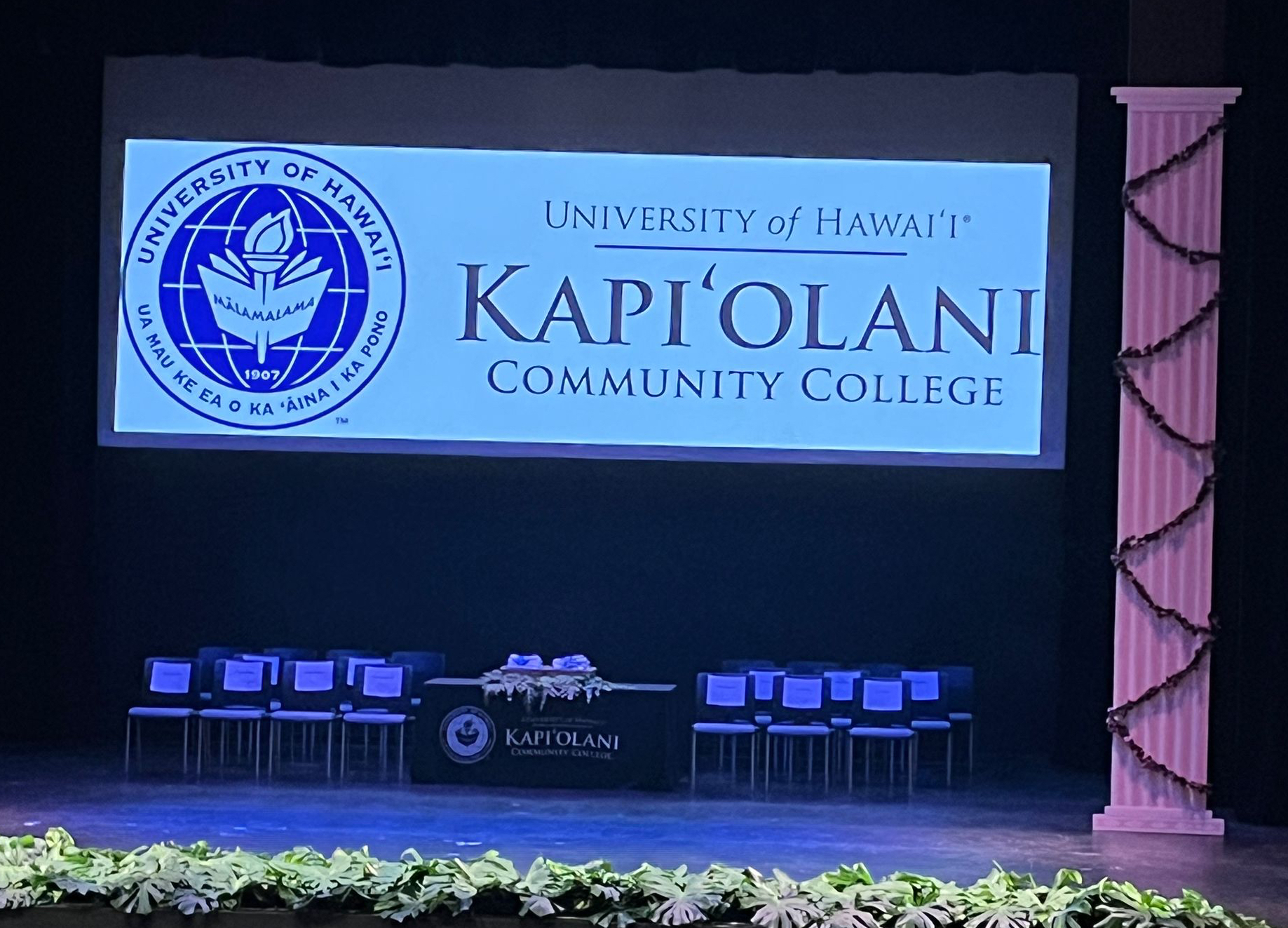
|
134149
|
Jeromyy
|
United States
Honolulu
|
|
|
—
|
Multilingual Hawaiʻi
|
|
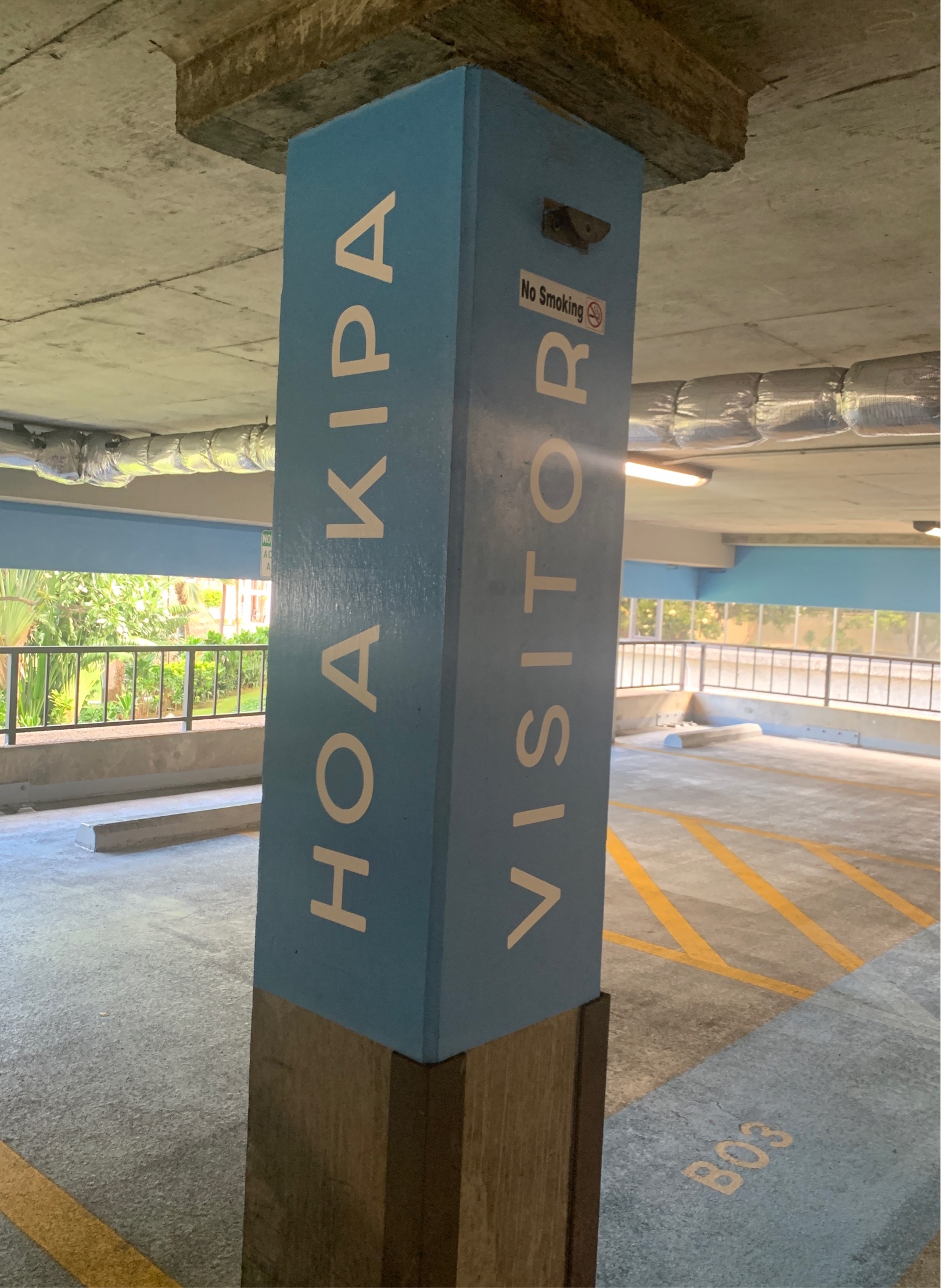
|
46085
|
|
ʻAmelika Hui Pū ʻIa
Honolulu
|
|
|
—
|
Multilingual Hawaiʻi
|
|
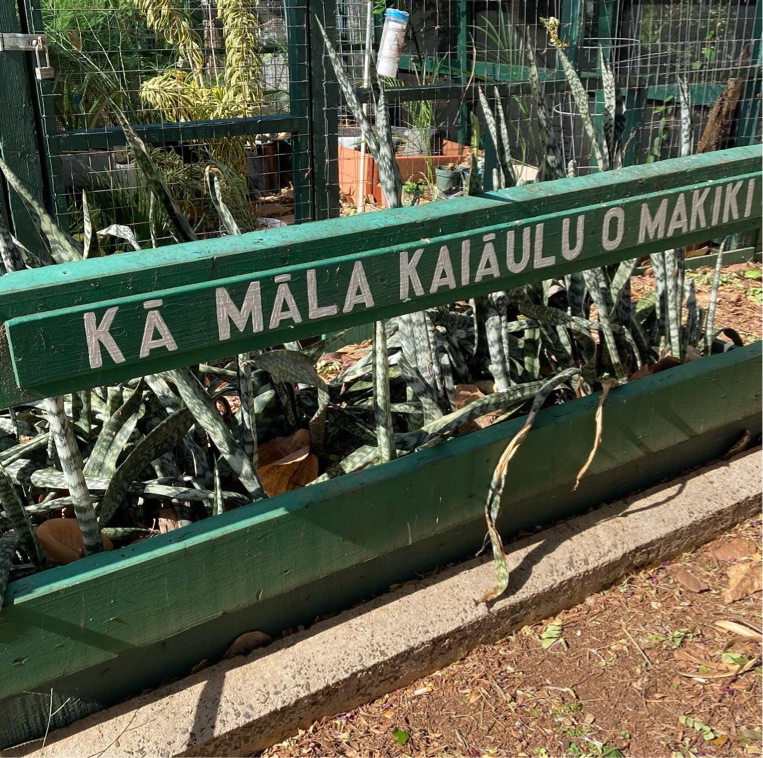
|
37638
|
|
United States
Honolulu
|
|
|
—
|
Multilingual Hawaiʻi
|
|
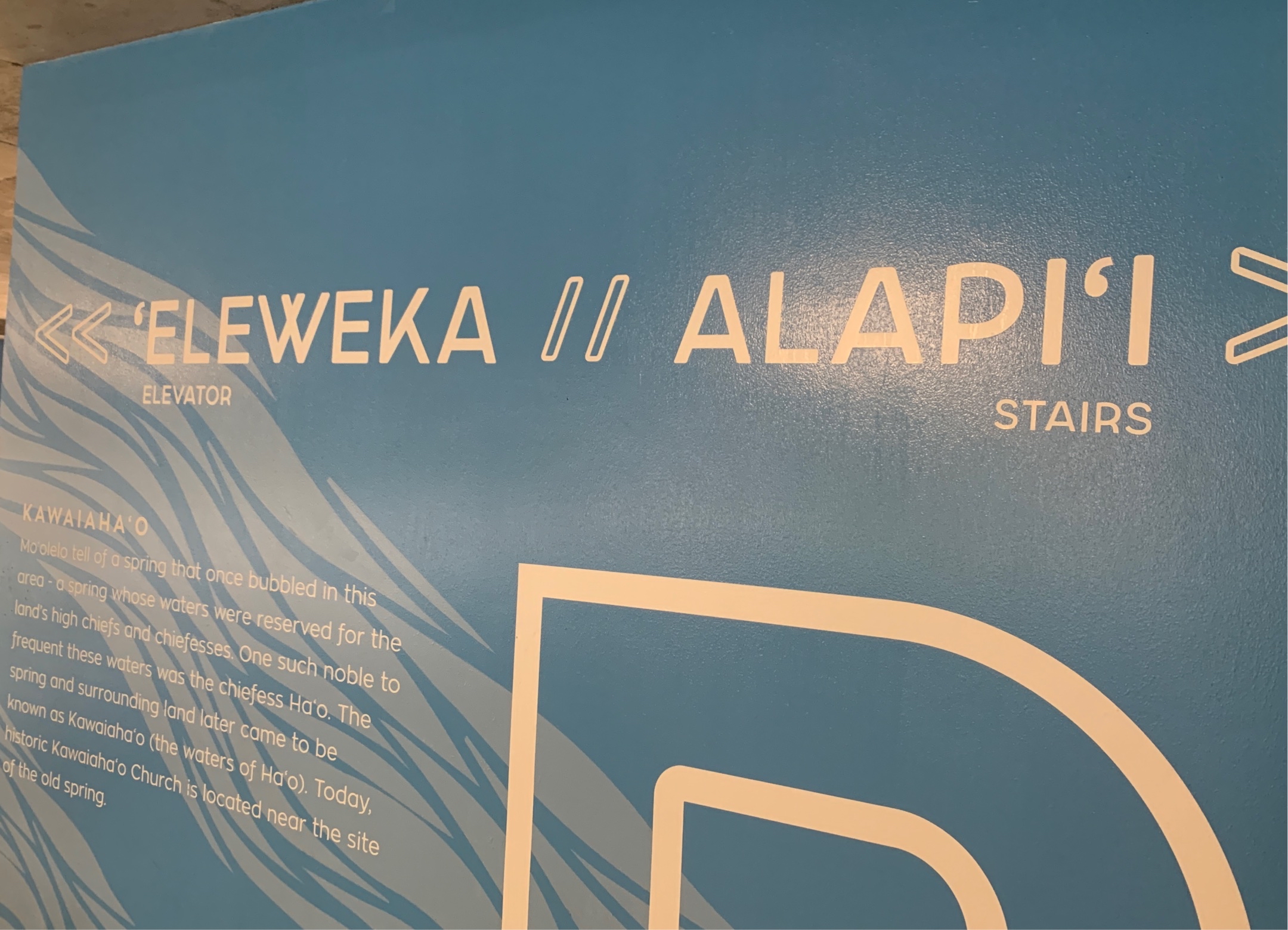
|
46086
|
|
ʻAmelika Hui Pū ʻIa
Honolulu
|
|
|
—
|
Multilingual Hawaiʻi
|
|

|
24839
|
|
United States
Honolulu
|
|
|
This is the design on a T-Shirt. Shaka Bruddah is Pidgin (Hawaiʻi Creole). Shaka refers to a hand sign popular in local Hawaiʻi which has multiple meanings, some of which are ‘thanks’ ‘hello’ ‘goodbye’ while Bruddah is roughly equivalent to English ‘brother’ as a term of endearment. The English translation for Shaka is ‘hang loose’ which is provided on the shirt design. The Hawaiian Islands are located above the Shaka which is flanked by two coconut trees. The bottom contains the words Aloha and Hawaii. This shirt seems to be meant for outsiders making the T-shirt symbolic-synthetic because ‘hang loose’ is not commonly used by locals but rather is used more by the surfer community in the continental US. KS
|
Multilingual Hawaiʻi
|
|